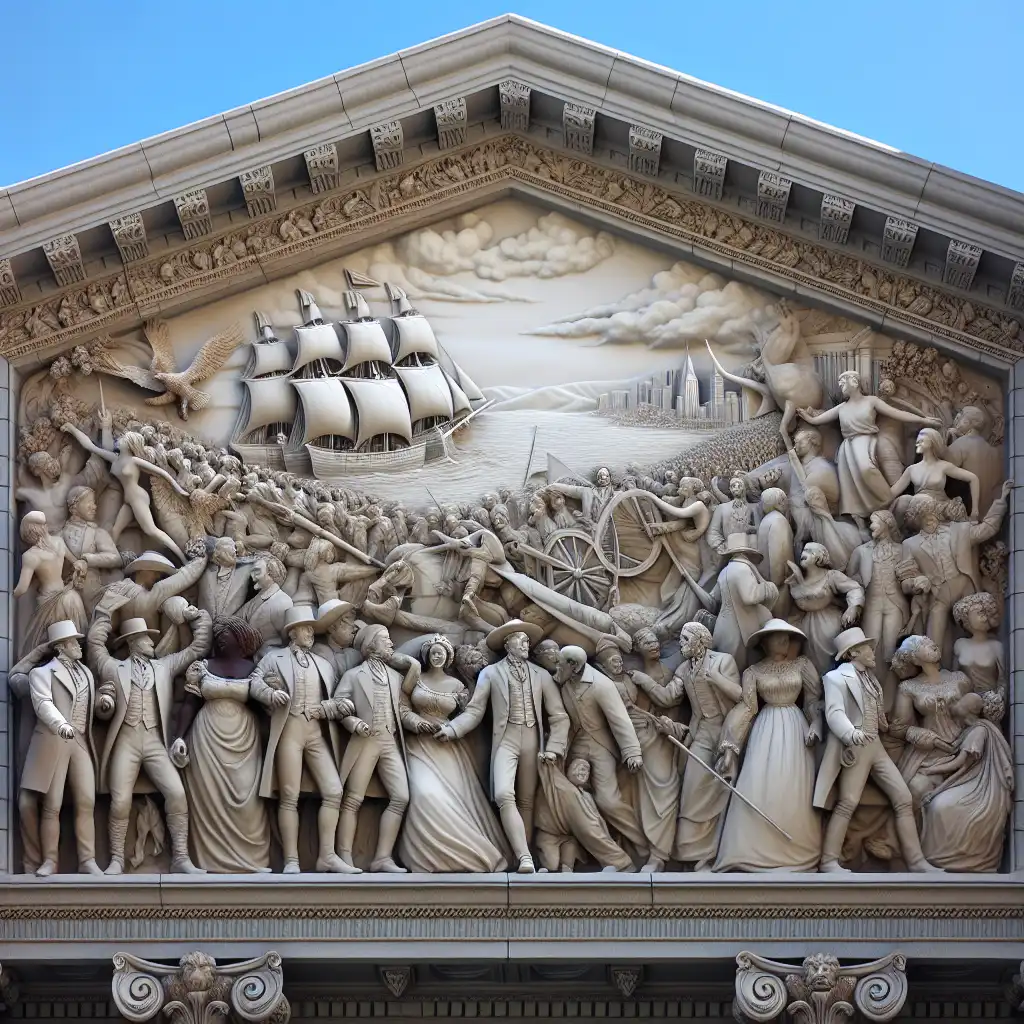
Pediment
Classical Buildings
Found often in Greek and Roman architecture, symbolizing formality and elegance.  Ancient temples are known for their intricate pediments.
Ancient temples are known for their intricate pediments.
Sculpture Display
Pediments are typically adorned with sculptures or reliefs depicting historical or mythological scenes.  The city hall's pediment features a relief of the city's founding.
The city hall's pediment features a relief of the city's founding.
Aesthetic Purpose
While pediments add to structural beauty, they're not used for supporting the building's weight.  The library's pediment adds to its majestic appearance.
The library's pediment adds to its majestic appearance.